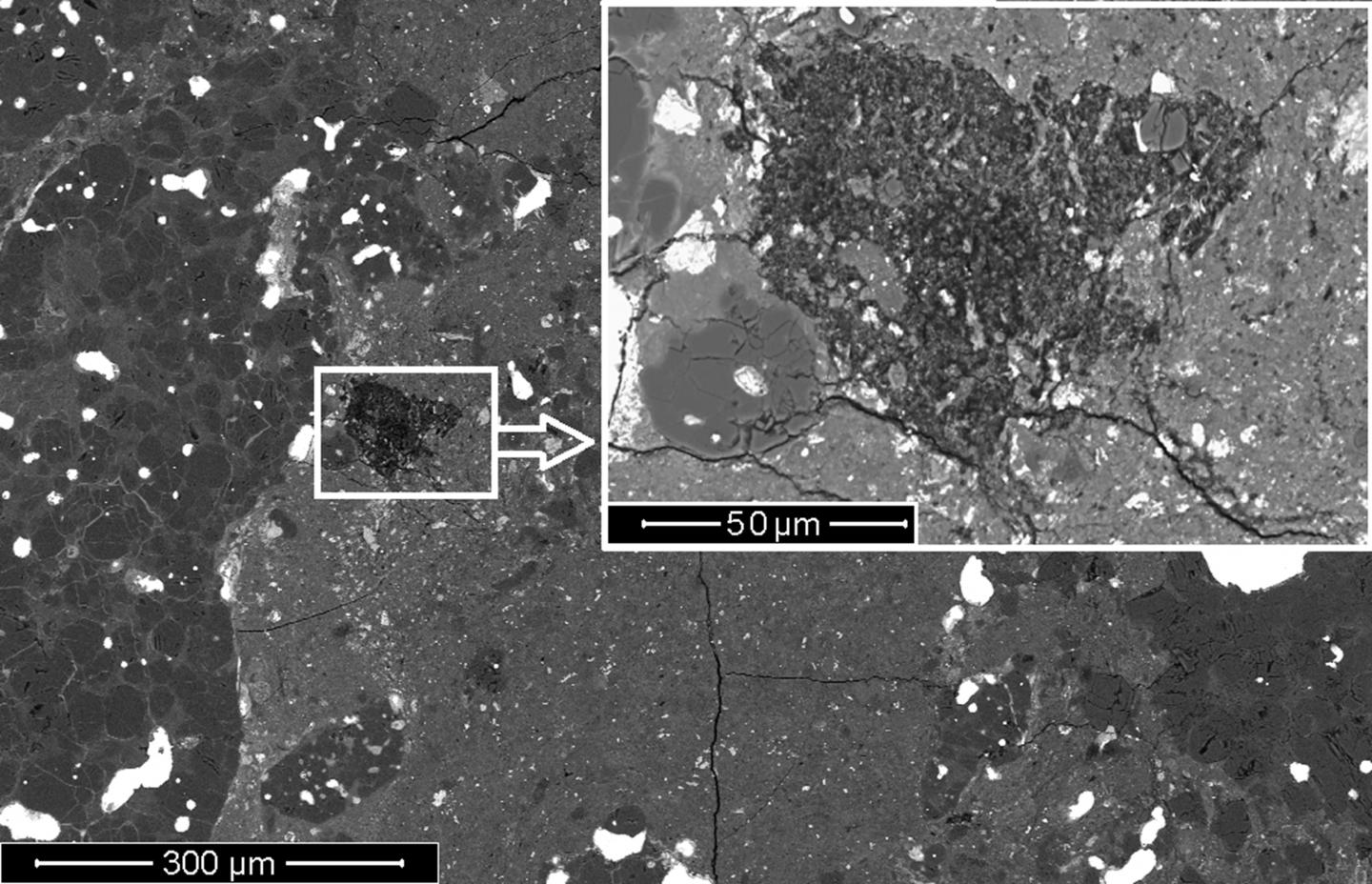
Credit: US Naval Research Laboratory
WASHINGTON — Materials science researchers with the U.S. Naval Research Laboratory have found a remnant of ancient dust from the early stages of the solar system inside a primitive meteorite, named La Paz Icefield 02342 after the location of its discovery in Antarctica.
NRL scientists Rhonda Stroud and Bradley De Gregorio contributed to a paper describing the find, which published in Nature Astronomy, April 15.
To examine these tiny grains within the larger particle, the researchers relied on a unique capability of NRL’s Nanoscience Institute, which has a state-of-the-art aberration-corrected scanning transmission electron microscope that can shape its emitted electron beam to optimize image quality and resolution.
The microscope is one of only a few of its kind in the world. Along with other state-of-the art measurement and nanofabrication equipment located in the Institute, it enables NRL scientists and engineers to discover and develop new nanotechnology for the Navy and the Marine Corps.
“Having this capability at the lab is ideal,” De Gregorio said. “It helps us stay on the cutting edge of science, and contributes to amazing studies like this one.”
De Gregorio, a researcher with NRL’s Materials Science and Technology Division, called the confluence of cosmic events that led to the finding “amazing,” and “an incredible journey” for an ancient dust particle.
“This particle formed at the beginning of our solar system,” he said. “[It] had to travel from the outer comet-forming regions, become embedded in asteroids forming in the interior of our system. [Then an asteroid had to] break apart in just the right way to form a meteoroid with the dust particle in it. Then the meteorite had to land on Antarctica in just the right spot to be collected by a field scientist.”
The researchers validated the dust’s cometary heritage from its pre-solar grains, tiny particles of primarily carbon, which have a specific isotopic chemical signature not found in material originating within our solar system, and from the presence of glassy grains containing nanoscale iron metal and sulfides, which are commonly found in other studies of comet dust.
The meteorite was collected in Antarctica during the 2002 field season of NASA’s Antarctic Search for Meteorites (ANSMET) program. This work was funded by NASA’s Science Mission Directorate, through grants NNX10AI63G and NNH16AC42I, and by Spanish Ministry of Science grants AYA 2011-26522 and AYA 2015-67175-P.
###
The published research (https:/
The U.S. Naval Research Laboratory provides the advanced scientific capabilities required to bolster our country’s position of global naval leadership. With more than 2,500 personnel scientists, engineers and support staff, it has served the U.S. Navy and the nation for nearly 100 years, advancing research further than you can imagine. For more information, visit the NRL website and join the conversation on Twitter, Facebook, and YouTube.
Media Contact
Victor Chen
[email protected]
Original Source
https:/



